

From as far back as the first primate to strike a rock against another to make a knife, what has set humans apart from the rest of the living world has been our use of tools that we make. Our Technology. Today, technology is in every fibre of the fabric of our daily lives
In the corporate environment, these technologies are transforming the way we approach training, providing new and exciting opportunities for employees to improve their skills and advance their careers. More and more organizations today are incorporating interactive training into their learning and development strategies, moving away from the traditional model of classroom-based, instructor-led training.
And it isn’t hard to see why.
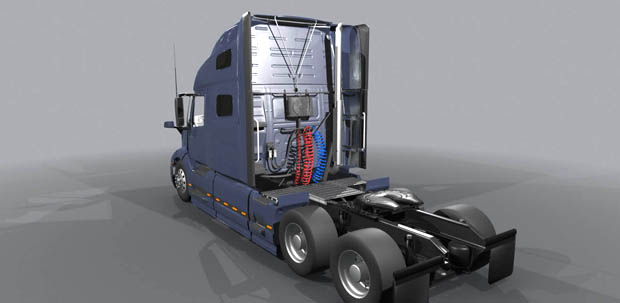

A highly immersive and realistic training experience allows employees to practice and improve their skills in a way that closely resembles real-life situations. Studies show that strong visual reinforcement helps learners process information faster and retain information for a longer period. For example, consider complex equipment training. Trainees can view and handle realistic and accurate 3D models of machines, explore the constituent components, and learn additional information about each component, better preparing them to work with the equipment in real life. This is particularly useful for industries such as healthcare, construction, and aviation, where mishandling of equipment can have serious consequences.
A global shipping giant wanted to give their land-based employees a taste of life on their container ships. We solved this problem with a Live-Action Interactive Virtual Reality guided tour of the largest container ship in the world, featuring 8K High Resolution 360° Live Action Video captured on board the vessel.


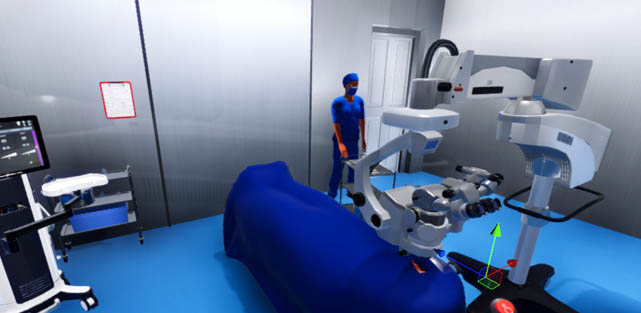
The risk of the consequences of mistakes is particularly high during the training period. In high-risk industries, one wrong move could have devastating real-life consequences. However, XR technology in training offers a safe environment for employees to train and eliminates the risk of causing harm to individuals or expensive equipment. This allows learners to make mistakes and learn from them without worrying about the outcomes of their actions. It enables trainees to practice as often as necessary, get familiar with the procedures, safety protocols, and hone their skills without harming anything. In Surgical Training, for instance, while practicing on a real-life patient, a small slip of the scalpel can cause severe harm or worse. With XR, learners can practice surgeries and other high-risk operations in a virtual environment multiple times until they are ready to operate for real.
For a Surgical Simulation Trainer we combined VR with Hand-Tracking and high-fidelity 3D CGI Modelling and paired it with actual surgical hardware to give trainee surgeons the opportunity to learn, practice and master surgical procedures in a realistic simulated environment, with realistic instruments and equipment. And since these tools not only look like the real thing but also behave like the real thing in the surgeon’s virtual hands, the surgeon is able to practice not only procedures but also technique, training not only their minds but also their motor skills. And best of all, the patient they’re practicing on is a computer-generated avatar, making this entire process entirely risk-free


XR technology allows for personalized training experiences, as employees can work at their own pace and focus on the areas where they need the most improvement. By incorporating elements of gamification, such as points, badges, and leaderboards, employees can also be motivated to learn and improve their skills.
For a Medical Education System, our challenge was that the same information needed to be presented in different ways depending on certain aspects of the psychological profile of the viewer. Our solution was to begin the experience with a brief and light-hearted quiz that allowed us to profile the viewer and identify these psychological markers, and from this identification select the appropriate storytelling approach to deliver the information.
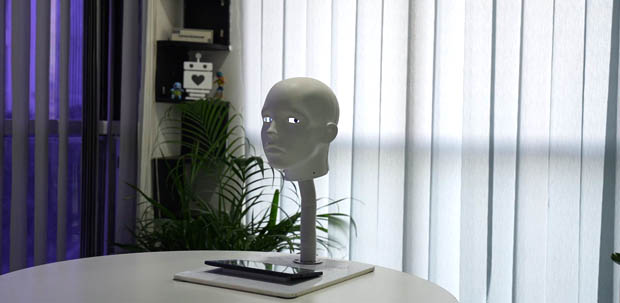
XR technology allows for hands-on, interactive training, which can make learning more engaging and memorable. Employees can actively participate in simulations, games, and interactive quizzes, which can increase their engagement and retention of information.
Our Phygital Training tool for vertigo diagnosis and treatment combines a robotic head with a tablet display to provide an accurate hands-on experience of diagnosing and treating vertigo using specific and precise head movements.
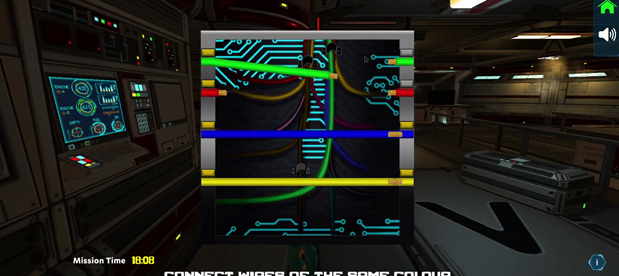
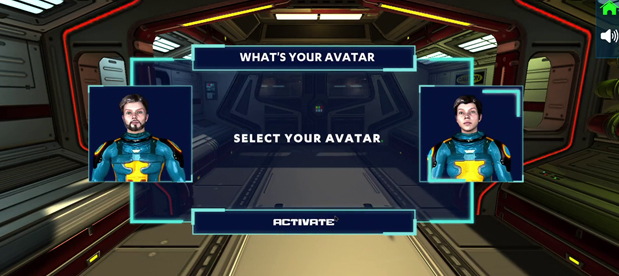
Extended reality technology creates fully immersive simulations, experiences that make training more fun and engaging for employees. The highly immersive nature of XR and the life-like visuals boost trainee engagement. Let us be honest; learning by participating in immersive simulations and games does not actually feel like work, correct? Gamified XR content makes the training process challenging and exciting, and motivates trainees to actively participate in training activities and complete tasks in a fun and interactive manner.
In “The Orb”, our gamified learning environment for business operations training, trainees were presented the relatively mundane subject matter of complex and detailed documentation procedures in the exciting frame of a first-person space adventure game, complete with a 3D spacecraft and deep-space emergencies for the trainee to resolve – through correct documentation procedures.

Visualized, immersive training with XR significantly improves knowledge retention levels. "Learning by doing" helps learners remember information for longer periods than traditional training methods. A study by the National Training Laboratory finds the retention rates for lectures and reading were 5% and 10% respectively, whereas retention rates were 75% for learning with VR.
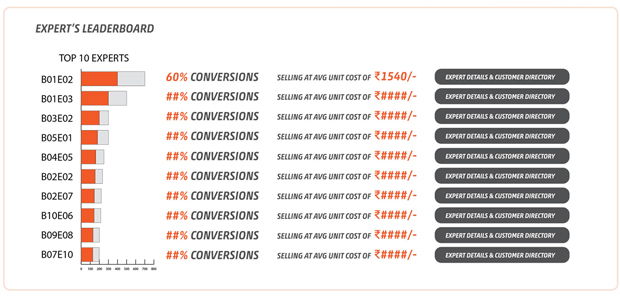

XR technology in training opens the door for advanced analytics and new metrics. XR tech uses sensors to collect valuable real-time data such as eye-tracking, gestures, behavioural patterns, body language, etc. These measurements help organizations determine the effectiveness of the training program and identify the areas of improvement. This assists companies in monitoring the training progress, employee engagement levels and addressing the shortcomings of the training program to ensure successful outcomes from the program.
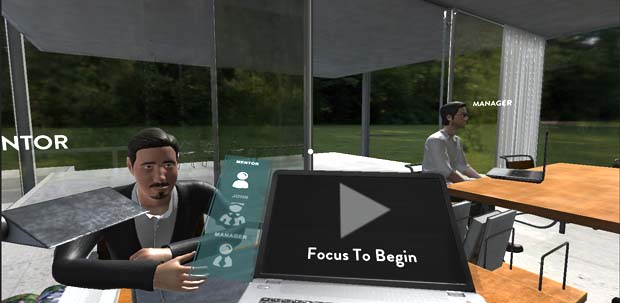

“Power skills,” aka soft skills, are ideal for XR training environments. With the increased importance of skills like emotional intelligence, active listening and diversity/inclusion, XR training can offer simulated interactions with virtual characters in digital environments, increasing the potential for learned behaviours to stick.
In our Virtual Reality HR Training System, HR trainees sharpen their interpersonal skills in handling various types of employees – cooperative and difficult – and resolving their concerns and complaints.


XR technology allows for training to be done remotely, which is particularly useful during the COVID-19 pandemic. With XR technology, employees can participate in training from anywhere in the world, making it more accessible and convenient for them.
Our Training Simulator for a banking giant allowed employees to practice interaction with various stakeholders with the objective of learning to detect fraud. The first edition did this though a 360° Live-Action VR Experience in a VR Headset. But by the second edition, COVID-19 had made headset use undesirable. So the second edition was implemented as a web-based interactive video experience on a secure server, allowing global remote access and therefore training at home.

XR technology can be more cost-effective than traditional training methods, as it eliminates the need for expensive equipment, travel, and other costs. It also allows for more efficient training, as employees can practice and improve their skills more quickly and effectively.
The next leap forward is already underway, with Artificial Intelligence increasingly entering the mix. As AI gets more and more sophisticated, it becomes more and more possible to simulate believable human behaviour and human interaction within the virtual training environment, leading to more and more sophisticated role-play training that can take into account the subtleties of human behaviour. But already, AI is also being used to create more personalized training experiences, by analyzing data on an individual employee's performance and providing tailored feedback and recommendations for improvement, and even a personalised training curriculum.
As technology continues to advance, new opportunities for employee learning and development emerge. In the future, we can expect to see XR Simulations that are even more closely aligned with and near-indistinguishable from real-life situations, making them even more effective for training employees in high-demand industries such as healthcare, construction, and aviation.
Employees can learn and grow at their own pace, and companies can ensure that their employees are equipped with the skills they need to succeed in today's (and tomorrow’s) fast-paced and constantly-evolving business environment.
